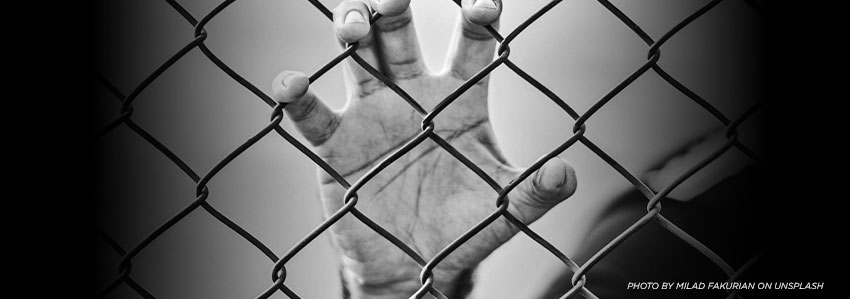
Rethinking Education for Inmates
When it comes to instruction in prison, policy and research usually focus on how it benefits society or improves the life circumstances of those serving time. But a new book, Education Behind the Wall: Why and How We Teach College in Prison, makes instructors question and reexamine their approaches to inmate education. Author Mneesha Gellman has gathered and analyzed the experiences of college professors teaching in prisons, with a sharp focus on conflict and negotiation, because of how these topics play out differently for incarcerated people than they do for the general population.
Gellman’s book challenges two texts that have been known as essential in the field of prisoner education yet were not written specifically for the prison context. “I know these are very important books and all, but this isn’t really what would work in here,” said one incarcerated student. “Here, you can’t talk openly about your feelings like the authors want us to, and the rules of relating to people are different.”
Currently, 420 institutions of higher education operate in 520 facilities, based on information in the national directory put out by the Alliance for Higher Education in Prison. Overall, outcome statistics indicate that college programs in prison lower the odds of recidivism.
In what ways has your organization adapted materials and resources to apply to the non-traditional students you serve